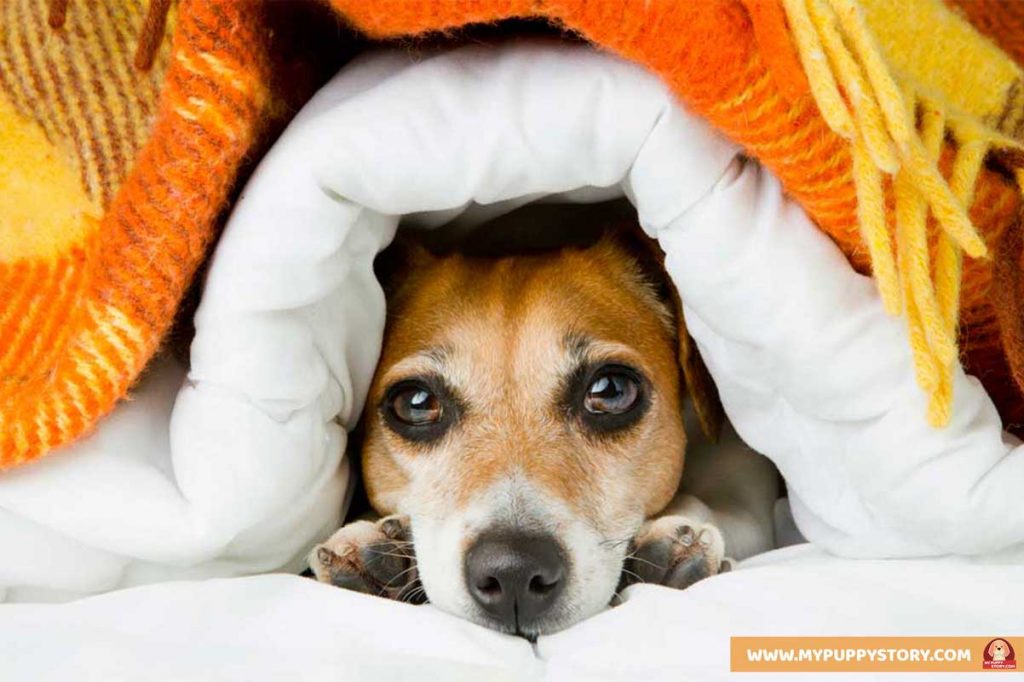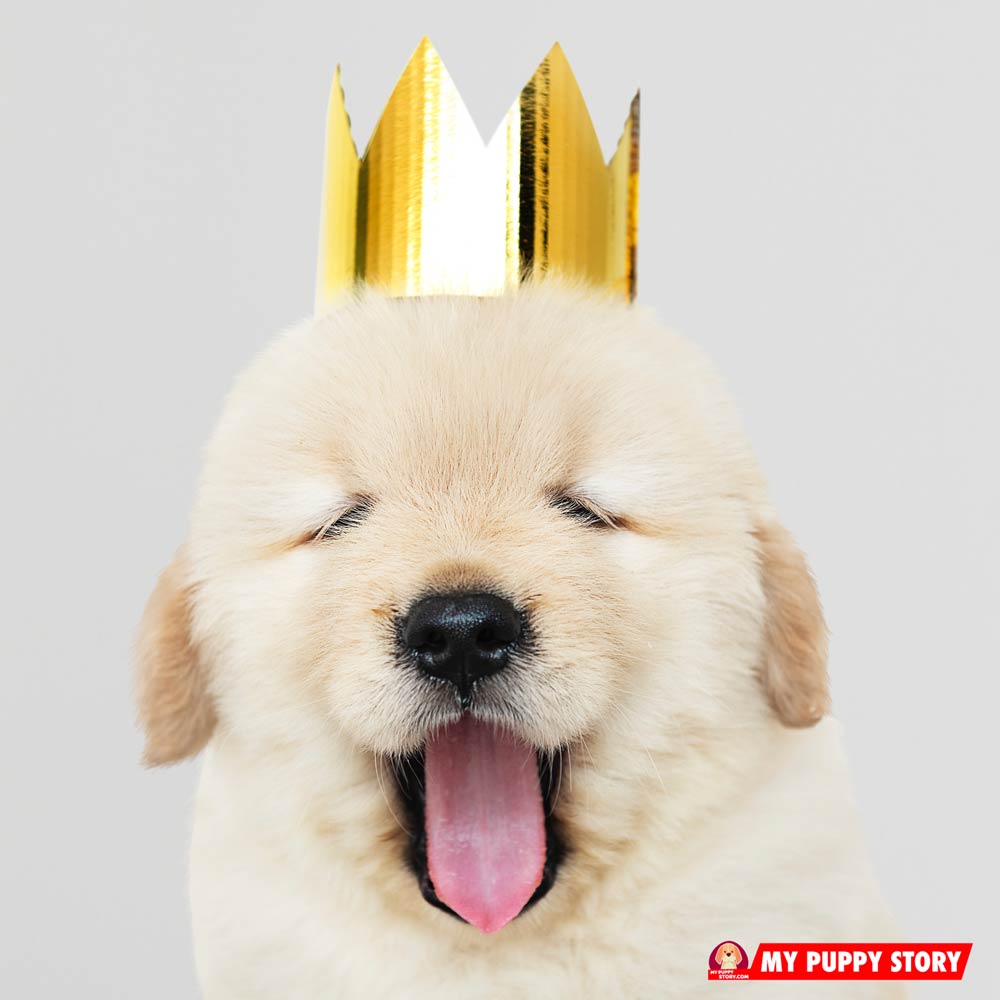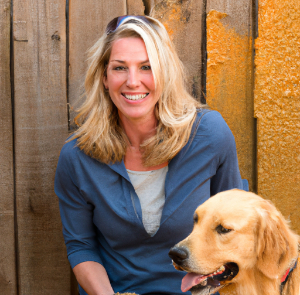
Like humans, dogs are also affected by the weather. In winters, they feel cold, and if they are exposed to the cold weather, they can get sick as well. Some dogs are more prone to be affected by the cold than others. This depends on the age, health, breed, weight, and fur of the pooch.
Small dogs tend to be more sensitive to weather conditions. Those with shorter hair or a coat that is not thick are also easily affected. Sometimes, even healthy dogs with thick coats feel cold. If you notice that the thick-furred dog’s hair is matted or wet, then that dog might also be getting cold.
However, you cannot help your furry friend if you are not sure of what is wrong with it or if you cannot detect that your dog has cold. Thus, your ignorance increases its suffering which can lead to a condition that can pose severe risks to the doggie’s health. We as pet parents should be aware of if our dog is uncomfortable in any way and should provide it the necessary requirements for its ease.
Here are some tricks that can help you figure out if your dog is feeling too cold. Once you know that your dog is feeling cold, you can help it.
• The cold outdoors
Head outside and see for yourself how cold it is. That is common sense. A dog’s body temperature is higher than that of humans, and it has a fur coat, but when you go out and feel cold despite having a jacket, gloves, and boots on, it means that it is too cold for the hound as well. Your garments act as your fur, and if you feel very cold though you are amply covered, then it is time for you to keep your pooch inside.
• Cold body or ears
Another way you could get to know that your canine is getting cold is by touching its body. If it is cold rather than warm, then it means that the cold has seeped into the dog. When it is cold outside, the blood circulation in the pooch’s body is concentrated in its essential parts; that is the trunk area. The flow of blood reduces in its paws, legs, nose, and ears. By touching these parts, particularly the edges of the ears, you get to know if the dog has got cold.
The reactions of a dog’s body when it is freezing are very similar to those of us humans. They tend to shiver and tremble in the cold, move slowly, and hunch their backs to feel somewhat warm. They keep their tails tucked close to their body to not expose it.
Dogs also tend to hide behind things as a means of seeking shelter from the cold weather. These are clear signs that your dog is uncomfy in the harsh winds. If you find your dog acting like this, limping, barking or moaning, feeling worried or agitated, these are also a sign that it is feeling cold.
• THE COMMON DOG HEALTH PROBLEMS

Being in the cold for prolonged hours naturally has adverse effects on the dog’s health. Dogs can catch a cold not because they feel cold but because of the disturbing situation they have faced because of it. Being exposed to the strict weather for long hours could cause even more problems. It could cause frostbite or some infection.
Look for red marks on the pooch’s limbs that indicate frostbite. A pooch can also catch pneumonia, hypothermia, or other such life-threatening ailments. If you find your dog in a vulnerable and oddly sick situation, take it to a vet immediately.
When winters come, try to keep an eye on how your dog behaves. That would quickly tell you if it is troubled with the weather or not. Here are some ways you can help out your furry fellow when it is the cold.
• Housing
Your indoor pooch will head inside with you but if your canine is an outdoor fellow, you can get it a warm house that is properly insulated. Make sure the bed of the pooch is soft and heated. The bed should be raised up from the ground. If the bed is not raised, it can get wet. Also, give your dog a blanket so that it can feel snug. The same goes for your indoor dog; it does not need a separate house but just a bed.
• Covering
Walking out with your pooch and it is frigid? Consider keeping it warm by giving it warm clothes. There are several pooch jackets and boots available. You can get one that suits your pooch and is of an appropriately thick material.
• Food & drink
Give your dog healthy food like you always do. But for winters give it warm fresh water instead of cold. That will make the dog feel comfier.
• Take it to vet
If your dog is very sick for quite some days, take it to a vet for a checkup. There might be some illness that better be treated soon.
Pooches can also catch a cold. A virus can infect it, and if the cold is left untreated, it can evolve into a much bigger issue. The bacteria can spread and defect the respiratory system in a dangerous way. You can only help your doggie if you know that it is unwell. However, you would not catch its cold like it cannot catch it yours. Following are the symptoms that hint that your hound has a cold.
• If the dog is sneezing too much
The first sign that shows that the pooch has caught a cold is that in such a case it tends to sneeze a lot every hour. That does not necessarily mean that the pooch has cold rather it could also indicate an allergy. But when accompanied by other common signs that are mentioned below you could be sure that it has the flu.
• Leaking red eyes & nose
Bacteria tend to make way to the dog’s eyes and nose through its fur quickly. A thick whitish or greenish discharge comes out of the nose and eyes of the canine as a result. The consistency and color of the discharge can help you decide if the pooch has a cold or some other sickness. Colds in dogs promote conjunctivitis which gives the dog red eyes with such discharge.
• Troubled breathing
If you notice your dog is inhaling via its mouth or lying on its chest because it is having difficulty in taking breath; that is another sure sign that it has a cold. When a dog has a cold, its nasal passages get blocked which further causes congestion and problem in breathing.
• Tiredness & loss of appetite
You will notice your dog tiring quickly and not being able to enjoy things like it does. It will sleep more and play less due to exhaustion. Also, dogs mostly lose appetite and do not want to feed when they have a cold. They do not want to eat because the bacteria affect their esophagus. If it does not feed for more than a day, you should book an appointment with the vet.
If the condition seems severe, head to the veterinarian immediately. However, if not, wait for a few days and if the pooch still does not feel better, then head to the pet doctor. Try to do as much as you could to make your pooch feel better. After all, a dog is a loyal member of your family. Here are some ways you can treat the dog’s cold at home.
• Feed it on chicken soup
A chicken soup that is not hot but lukewarm could be of aid. One that is made of chicken breast, some healthy cooked veggies, and brown rice would give your pooch the nutrition it needs to combat the cold. This will strengthen the pooch’s immune system and give it energy.
• Keep it hydrated
Give your dog warm fresh water to drink and to stay hydrated. Dehydration causes more suffering.
• Give it rest on a heating pad
The best way to fight the flu is to take enough rest. Let your pooch rest on a heating pad so that it can have a comfortable and relaxed sleep.
• Give it steam
Steam can help the pooch breathe easily as its nose and throat are congested. You can do this by running hot water in the washroom and letting the pooch breathe in the steam.
Go with the words of someone who knows what they are saying and is knowledgeable about the matter. Do as directed by the vet. Do not feed the medications on your own without consultation.
More Related Articles:
